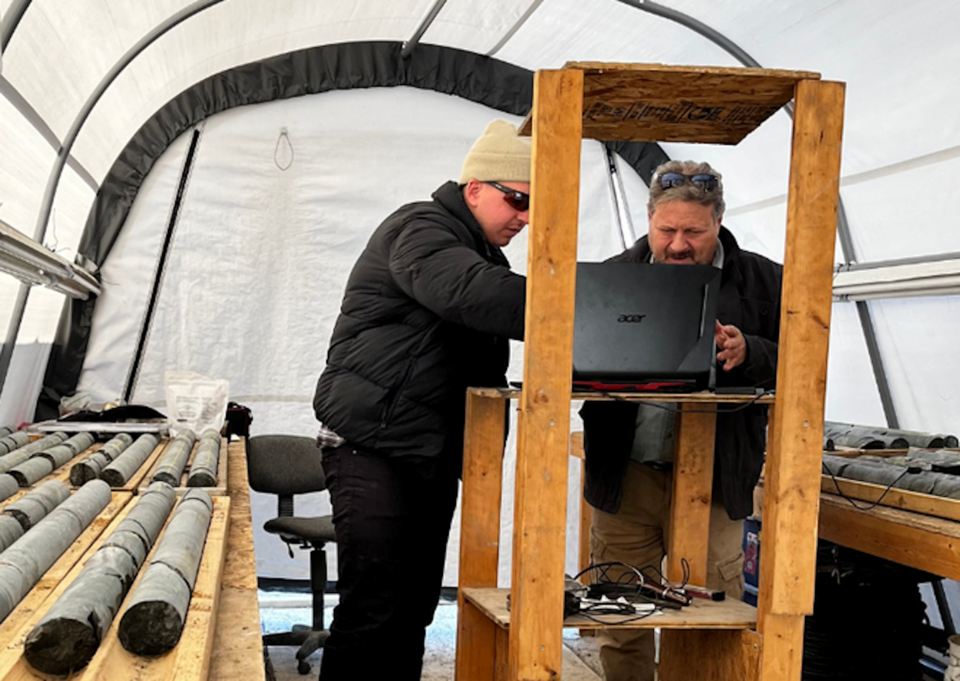A palladium mine developer is searching for one of the world's rarest and richest metals on its property east of Sudbury.
New Age Metals is going back through its assays and drill core to see if rhodium can be a payable metal as part of a potential open-pit mining and processing operation at its River Valley Project.
The exploration property is 20 kilometres north of the village of Field and 100 kilometres, by road, east of the city.
Last spring, the Richmond, BC-based company said it was finding rhodium in the samples from a drill program on north end of a deposit.
More recently, the company said in a March 22 news release that it has shipped batches of more than 500 mineral samples to Geoscience Laboratory in Sudbury during February and March as part a rhodium assay program.
Rhodium is considered the rarest and most valuable of the platinum group metals family. While the price of palladium was hovered around US$2,548 an ounce this week, rhodium is close to USS20,000 an ounce.
Sign up for the Sudbury Mining Solutions weekly newsletter here.
The highly corrosion resistant silver-white metal is predominately used in car catalytic converters, together with platinum and palladium, to clean vehicle emissions.
South Africa is a major source of rhodium at almost 60 per cent of world supply, followed by Russia (10 per cent), Zimbabwe (5 per cent), Canada (2 per cent) and the U.S. (one per cent), according to Kitco.
In addition to rhodium, the assays will include iridium and ruthenium, both also very valuable platinum group metals, the company said. Results are expected to come out in the summer.
With an estimated resource in the ground of close to four-million ounces, New Age is in the midst of a pre-feasibility study, looking at the economics of bringing River Valley into production. That report is anticipated to come out in June or July.
The initial plan is for a pit operation that would extract 119,000 ounces of palladium per year over 14-year mine life.
The company has memorandum of understandings with local First Nations, with environmental baseline studies started in 2020 and archaeological studies completed last year.




